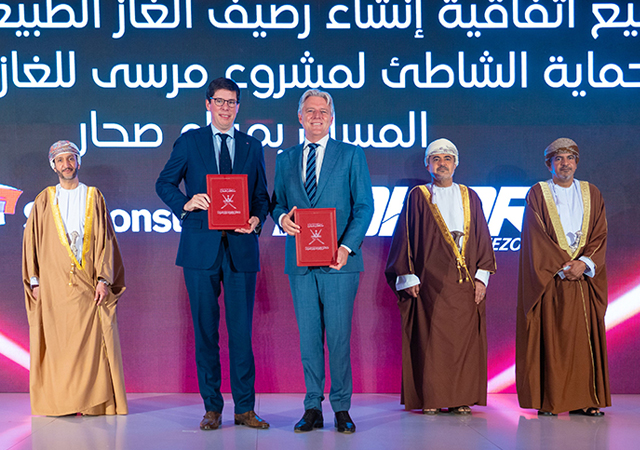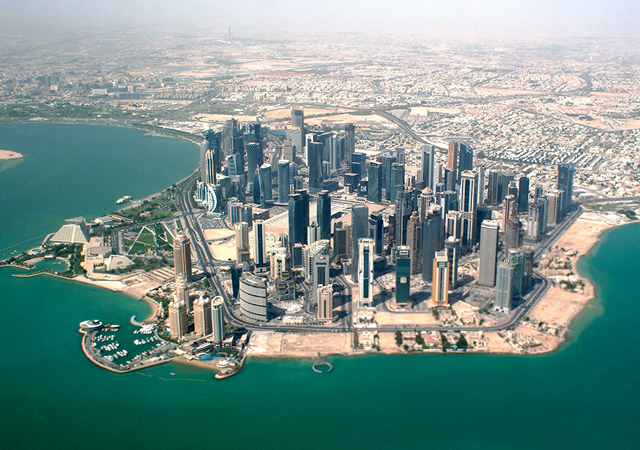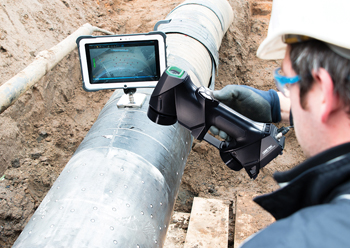

The 3D scanning market, which was estimated at around $4 billion in 2020, is poised to grow at a compound annual growth rate (CAGR) of over 10 per cent from 2021 to 2027, when it is anticipated to be worth $7.5 billion. The global industry shipments are projected to exceed 250,000 units by 2027, according to a Global Market Insights report.
3D scanning is the technology of capturing the shape of a physical object by collecting data from the object and reproducing it as a 3D model. 3D laser scanners create point clouds of data from the object surface. The scanned data can then be stored, shared, modified, or used to create entirely new designs.
The rise in the number of infrastructure development projects globally will spur the demand for 3D scanning solutions from architects and civil engineers, according to the report by the global market research and management consulting company.
Rapid urbanisation in developing economies has prompted architects to design tall buildings that can accommodate a large number of residents. Also, there is a need to refurbish the existing residential and commercial infrastructure to suit the current requirements in highly urbanised areas. 3D scanning enables civil engineers and architects to scan and survey a large area efficiently to design a robust construction plan. The market will gain traction with the increasing adoption of these solutions by civil engineers to supervise the ongoing construction project, says the report.
Government organisations are undertaking large-scale transportation infrastructure development projects to ensure overall economic development. There is a rise in the number of residential and commercial development projects in urbanised areas. Architects use these solutions to analyse the surroundings before commencing construction work. They also use scanning tools to validate 3D models developed during the design phase. The growing popularity and adoption of building information modelling (BIM) tools by architecture, engineering, and construction professionals will provide impetus to the market.
In 2020, the coronavirus (Covid-19) pandemic hampered the growth of the 3D scanning market due to the stringent lockdowns imposed by government organisations globally. The halts in new construction projects coupled with the temporary shutdown of industrial facilities hindered the market expansion. The restrictions imposed on international travel posed challenges to the overseas market shipments.
However, with the resumption of industrial facilities and with the improving economic conditions globally, the industry will regain impetus in 2021, says Global Market Insights.
The software segment in the 3D scanning market too is predicted to attain a CAGR of 11 per cent through 2027. A powerful software that works in collaboration with the scanners is crucial for accurate data processing and analysis of the collected data from objects. The software is used to select effective algorithms for the data to develop high precision models for use in professional applications. The software enables the user to compare the data collected from an object or environment, with the expected readings to rectify designs accordingly. Software solutions also enable scan-to-CAD implementation to create as-built 3D data from existing models that are impossible to create by hand. The software enables to easily interpret scanned data for quality inspection in industrial facilities. The increasing penetration of automation across industries will propel the industry growth.
According to the report, key growth drivers include the need for capturing high-volume 3D data for analysis and modelling in AEC firms; increasing focus on research and development (R&D) in North America; increasing usage of 3D scanners for cultural heritage in Europe; and the growing demand of 3D scanning solutions from the electronics industry in Asia Pacific.
Among the challenges that this industry faces are affordability issues in developing economies and data security concerns.
Key participants operating in the market include 3D Systems, Artec 3D, Autodesk, Automated Precision, Carl Zeiss Optotechnik, Creaform, Faro Technologies, GOM, Hexago, Nikon Corporation, Shining 3D, Topcon Corporation, and Trimble. These companies are focusing on introducing differentiated software and hardware solutions by integrating advanced technologies.






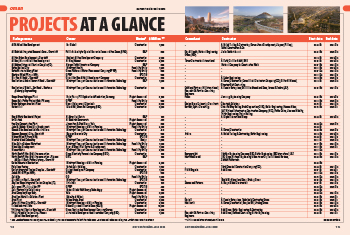




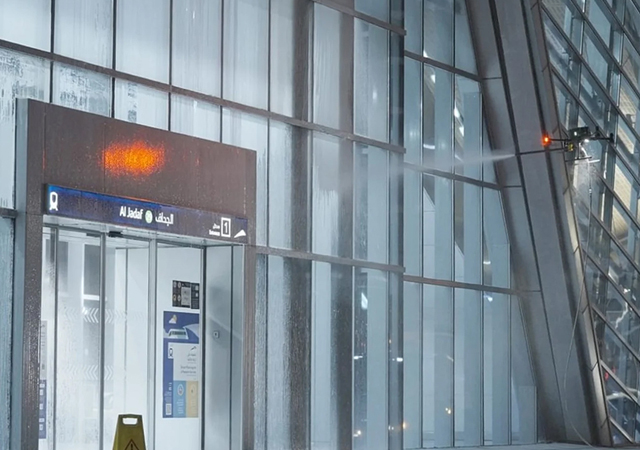
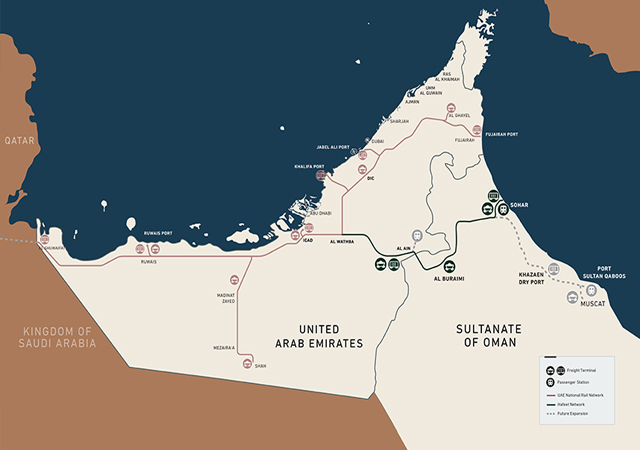
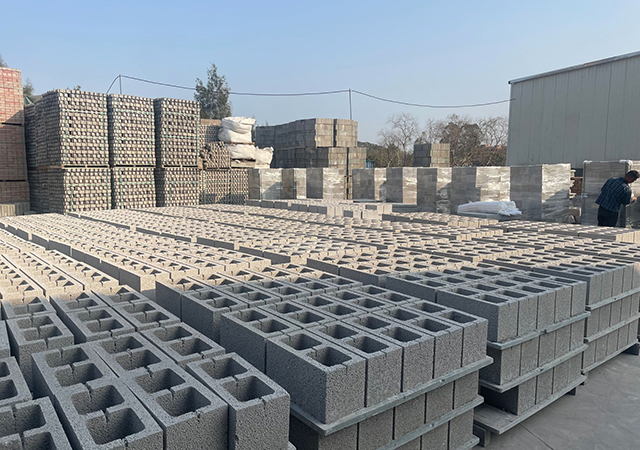
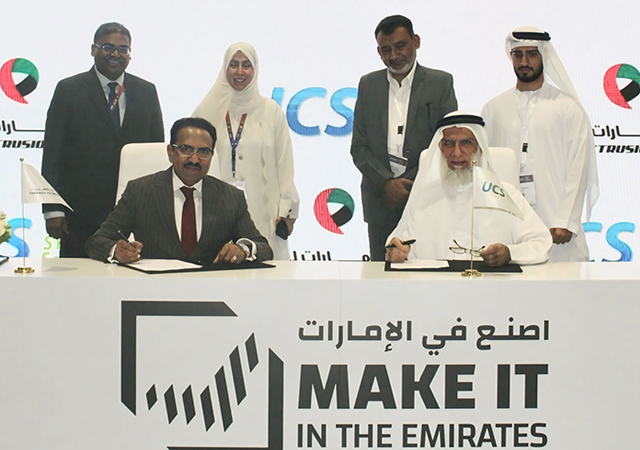

.jpg)
.jpg)
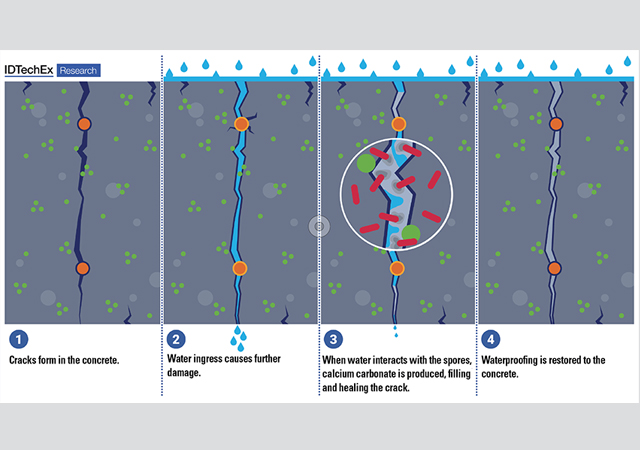

.jpg)
.jpg)
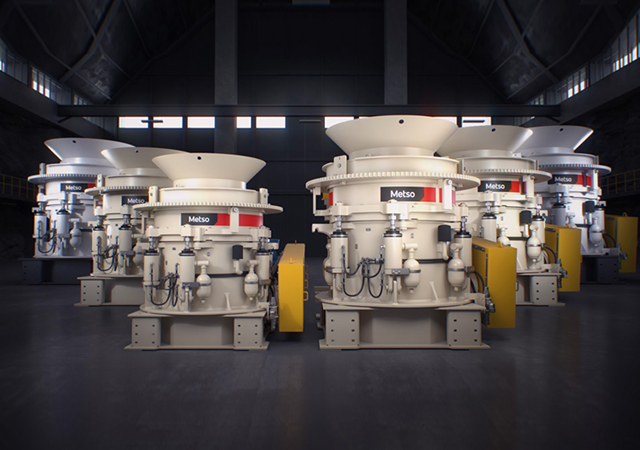
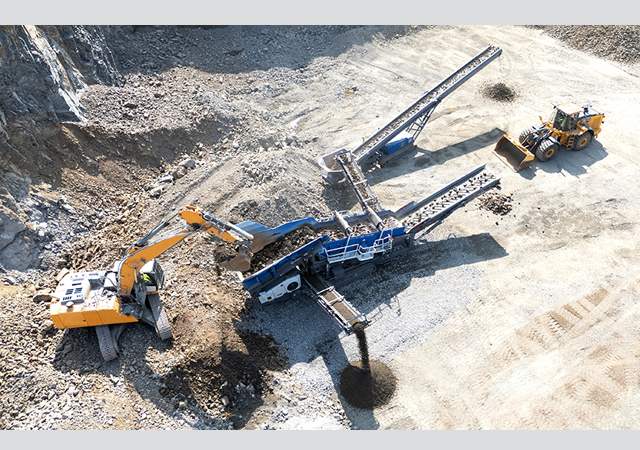
.jpg)
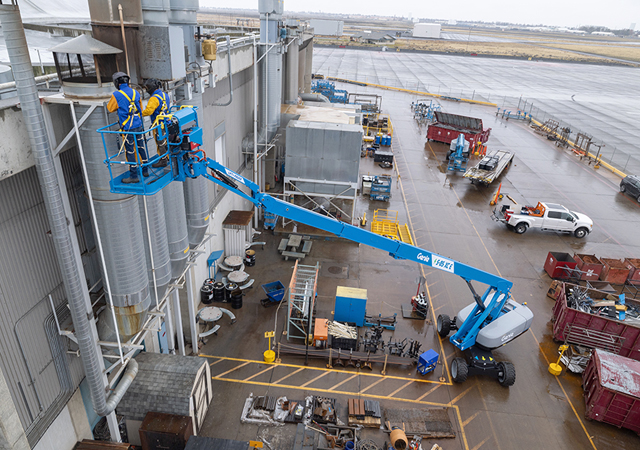

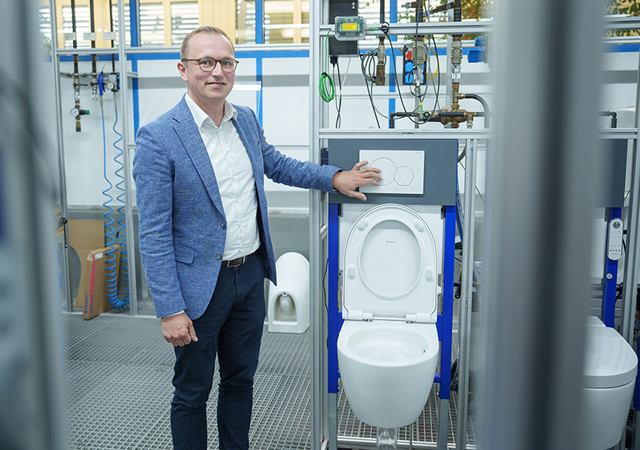

 Doka.jpg)





